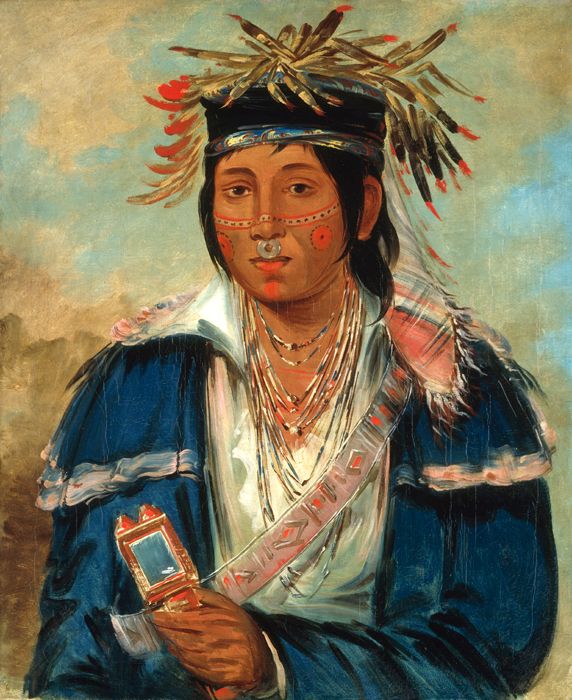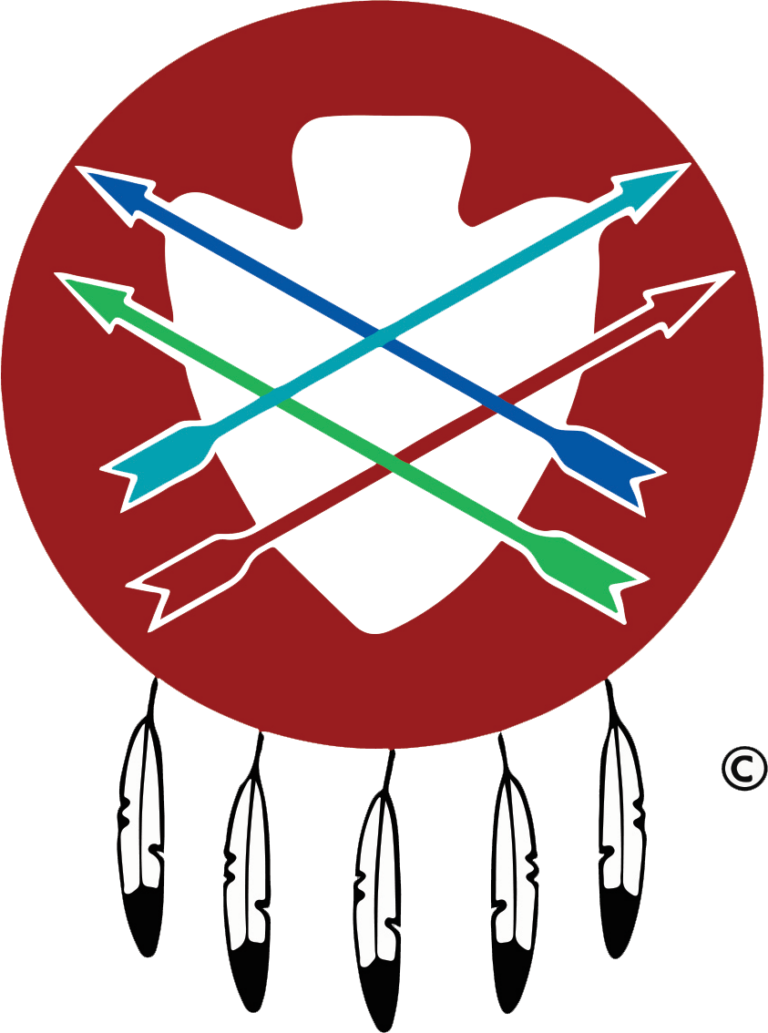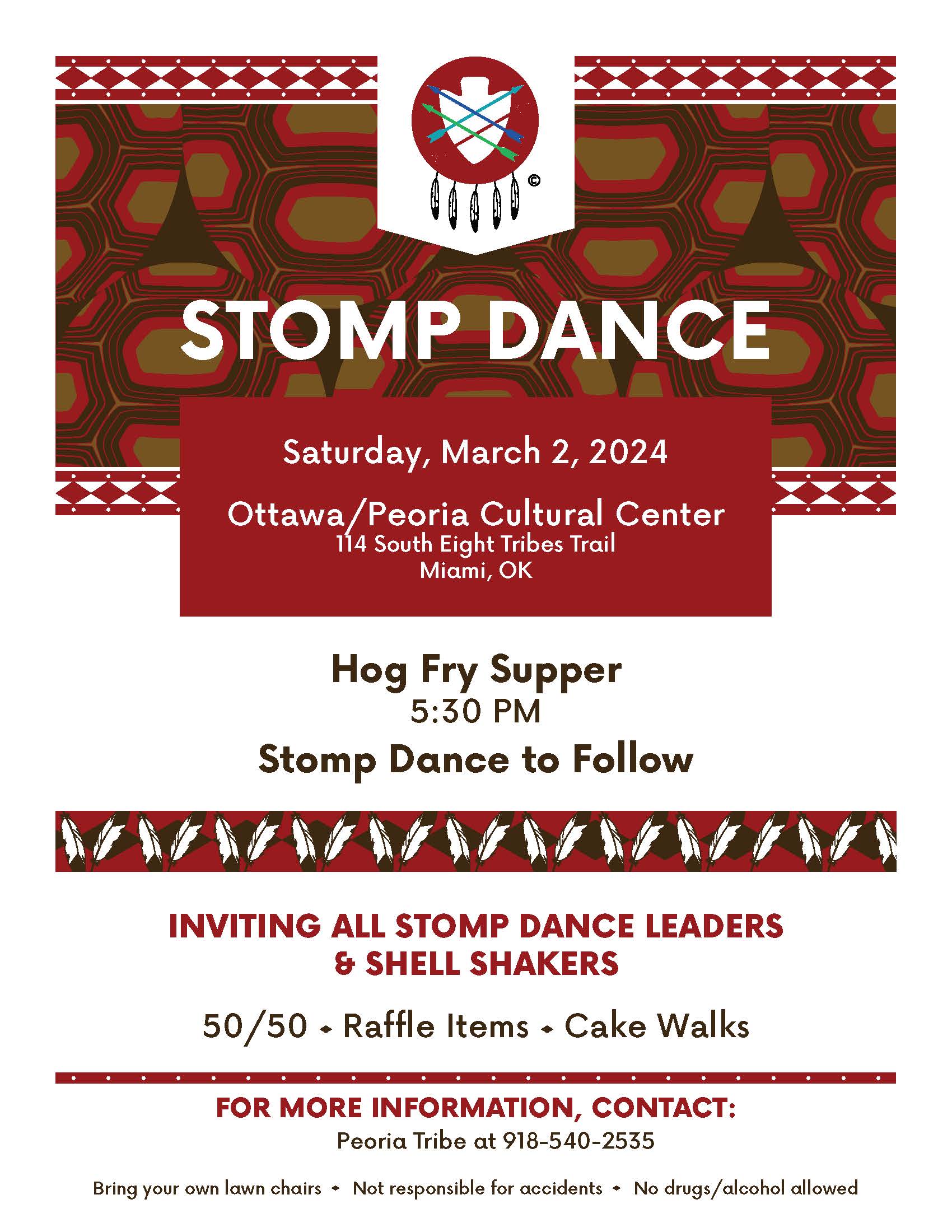
From the Prairie to the Plains: The Enduring Journey of the Peoria Tribe
The story of the Peoria Tribe of Indians of Oklahoma is not merely a tale of survival, but a profound testament to resilience, adaptation, and the unwavering spirit of a people forcibly removed from their ancestral lands. It is a narrative woven through centuries of profound change, from the lush river valleys of the Illinois Country to the rolling plains of northeastern Oklahoma, marked by devastating losses, enduring cultural strength, and a vibrant future.
To understand the Peoria today, one must first look back to the expansive woodlands and rich waterways of what is now Illinois. This was the heartland of the Illiniwek Confederacy, a collective of Algonquian-speaking tribes that dominated a vast territory. Among them were the Kaskaskia, Cahokia, Michigamea, Moingwena, Tamaroa, and the Peoria – the very name "Peoria" derived from their autonym "Peouarea," often translated as "he comes carrying a pack on his back" or "prairie people."
The Cradle of a Nation: Life in the Illinois Country

In the 17th century, when French explorers and missionaries like Jacques Marquette and Louis Joliet first ventured into the Mississippi Valley, they encountered the Illiniwek in their prime. Marquette’s 1673 journals vividly describe the hospitality of the Peoria, noting their well-organized villages, sophisticated agricultural practices (corn, beans, squash), and a communal life centered around hunting, fishing, and intricate social structures. These were people deeply connected to their environment, their spiritual beliefs intertwined with the natural world around them.
The arrival of Europeans, however, marked the beginning of an era of immense upheaval. Initially, the French established trade relationships, exchanging furs for European goods. But with trade came disease – smallpox, measles, and other contagions for which the Native populations had no immunity. These epidemics decimated the Illiniwek Confederacy, reducing their numbers drastically. Furthermore, the burgeoning fur trade intensified inter-tribal conflicts, particularly with the Iroquois, who were armed with European firearms and sought to expand their hunting grounds.
By the early 18th century, the Illiniwek Confederacy, once a powerful force, was severely weakened. The remaining bands, including the Peoria, found themselves caught in the geopolitical struggles between the French, British, and eventually, the nascent United States. As European settlements pushed westward, the Peoria were steadily dispossessed of their lands through a series of treaties, often signed under duress or misunderstanding, and consistently violated by the encroaching settlers.
The Long March: From Illinois to Indian Territory
The 19th century brought the most devastating chapter: forced removal. As the United States pursued its policy of "Indian Removal," pushing Native American tribes west of the Mississippi River, the remaining Peoria, Kaskaskia, Wea, and Piankashaw – all remnants of the larger Illiniwek family – were compelled to sign treaties ceding their remaining lands in Illinois and Indiana.
Their journey was not a single, direct path, but a series of migrations. They moved first to Missouri, then to Kansas. Each relocation meant leaving behind ancestral graves, sacred sites, and a way of life intrinsically tied to specific landscapes. The promises of permanent homes in these new territories were consistently broken. By the 1830s, the Indian Removal Act solidified the federal government’s intent to clear the eastern lands for white settlement, culminating in the forced relocation of countless tribes, including the Cherokee, Choctaw, Chickasaw, Creek, and Seminole, to what was then known as Indian Territory – present-day Oklahoma.
For the Peoria and their confederated kin, the final removal to Indian Territory in the mid-19th century was a traumatic ordeal. It was a journey marked by hardship, disease, and the profound psychological toll of displacement. In 1854, these disparate but related bands formally united under the federal government as the Confederated Peoria, Kaskaskia, Wea, and Piankashaw. In 1867, they negotiated the "Treaty with the Peorias and others," which allotted them a tract of land in the northeastern corner of Indian Territory, solidifying their presence in what would become Ottawa County, Oklahoma. This act formally recognized them as a single entity, the "Peoria Tribe of Indians of Oklahoma," forging a new identity from the crucible of shared suffering and determination.
Challenges in a New Land: Assimilation and Allotment

Life in Indian Territory presented new challenges. While they had a land base, the federal government’s assimilation policies continued to erode their cultural foundations. The Dawes Act of 1887, or the General Allotment Act, was particularly devastating. It broke up communally held tribal lands into individual allotments, with the stated goal of encouraging Native Americans to adopt farming practices and individual land ownership, mirroring American society. However, this policy dramatically reduced the total land base of tribes, and much of the "surplus" land was then opened up to non-Native settlers. For the Peoria, it meant a further fragmentation of their territory and a loss of the communal bonds that had sustained them.
Children were sent to boarding schools, often far from their homes, where they were forbidden to speak their native languages, practice their traditions, or wear their traditional clothing. The intent was to "kill the Indian to save the man," a policy that inflicted intergenerational trauma and severely threatened the transmission of culture and language. Despite these pressures, the Peoria people persevered, finding ways to maintain their identity and traditions in the face of immense governmental pressure.
Reaffirmation and Renaissance: The Modern Era
The mid-20th century brought another threat: the Termination Era. From the 1940s to the 1960s, the federal government pursued policies aimed at ending its relationship with Native American tribes, effectively dissolving their sovereignty and turning tribal lands into private property. The Peoria Tribe, like many others, faced the very real prospect of losing their federal recognition and the protections that came with it. Through determined advocacy and political action, they managed to avoid termination, securing their status and setting the stage for a period of rebuilding.
The late 20th and early 21st centuries have witnessed a profound renaissance for the Peoria Tribe. Like many tribes in Oklahoma, they have embraced economic development as a cornerstone of their self-determination. The Buffalo Run Casino & Resort, established in Miami, Oklahoma, is a prime example of their entrepreneurial spirit. Far from being merely a commercial venture, tribal gaming revenues are meticulously reinvested into the community, funding essential services that the federal government historically failed to provide adequately.
These revenues support critical programs in healthcare, education, elder care, and housing. They enable the tribe to offer scholarships to its youth, ensuring access to higher education and fostering the next generation of leaders. They fund infrastructure projects, creating jobs and improving the quality of life for tribal citizens. This economic sovereignty is not just about financial stability; it is about the ability to chart their own course, to make decisions that directly benefit their people, and to escape the cycles of poverty and dependency imposed by past federal policies.
Cultural Revitalization: Reclaiming the Myaamia Language
Perhaps one of the most powerful aspects of the Peoria Tribe’s modern resurgence is its commitment to cultural revitalization, particularly the reclamation of its ancestral language. The Illiniwek language family, which includes the Peoria language, was nearly extinguished due to generations of assimilation policies. However, through dedicated efforts, often in collaboration with the Miami Tribe of Oklahoma (a closely related Algonquian people), the Peoria are actively working to bring the Myaamia language back to life.
This revitalization involves extensive linguistic research, working with historical documents and recordings, and developing educational materials. Language immersion camps, online resources, and community classes are helping to reintroduce the language to younger generations. This effort is more than just learning words; it is about reconnecting with a worldview, a spiritual understanding, and the unique cultural identity embedded within the language itself. As Chief John Froman once remarked, "Our language is our identity. It’s how we see the world, how we think."
Beyond language, the tribe actively promotes traditional arts, crafts, storytelling, and ceremonies. Powwows, cultural gatherings, and educational outreach programs serve to share their rich heritage with both tribal members and the wider community, fostering pride and understanding.
Looking to the Future: Sovereignty and Self-Determination
Today, the Peoria Tribe of Indians of Oklahoma stands as a vibrant, self-governing nation within a nation. With a democratically elected tribal council, they exercise their inherent sovereignty, managing their lands, resources, and affairs. They engage in government-to-government relations with the United States and the State of Oklahoma, advocating for the rights and well-being of their citizens.
Their journey from the fertile lands of Illinois, through the forced migrations, the challenges of allotment and assimilation, to their current position of strength in Oklahoma, is a powerful narrative of survival against immense odds. It speaks to the enduring human spirit and the unbreakable bonds of culture and community. The Peoria Tribe’s story is a reminder that indigenous history is not just a chapter in the past, but a living, evolving narrative of resilience, self-determination, and a hopeful future built on the foundations of a profound and ancient heritage. As they continue to grow and thrive, the Peoria remain a testament to the enduring legacy of Native America, proving that even after centuries of displacement and struggle, a people can always find their way home, culturally and spiritually, to reclaim their place in the world.


